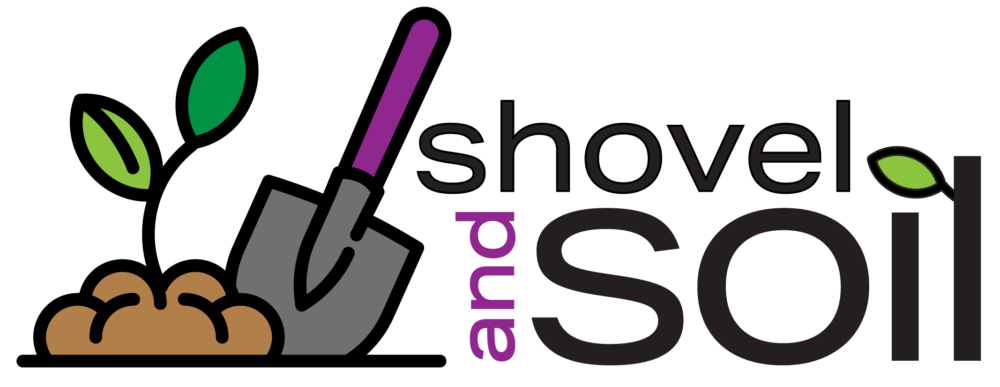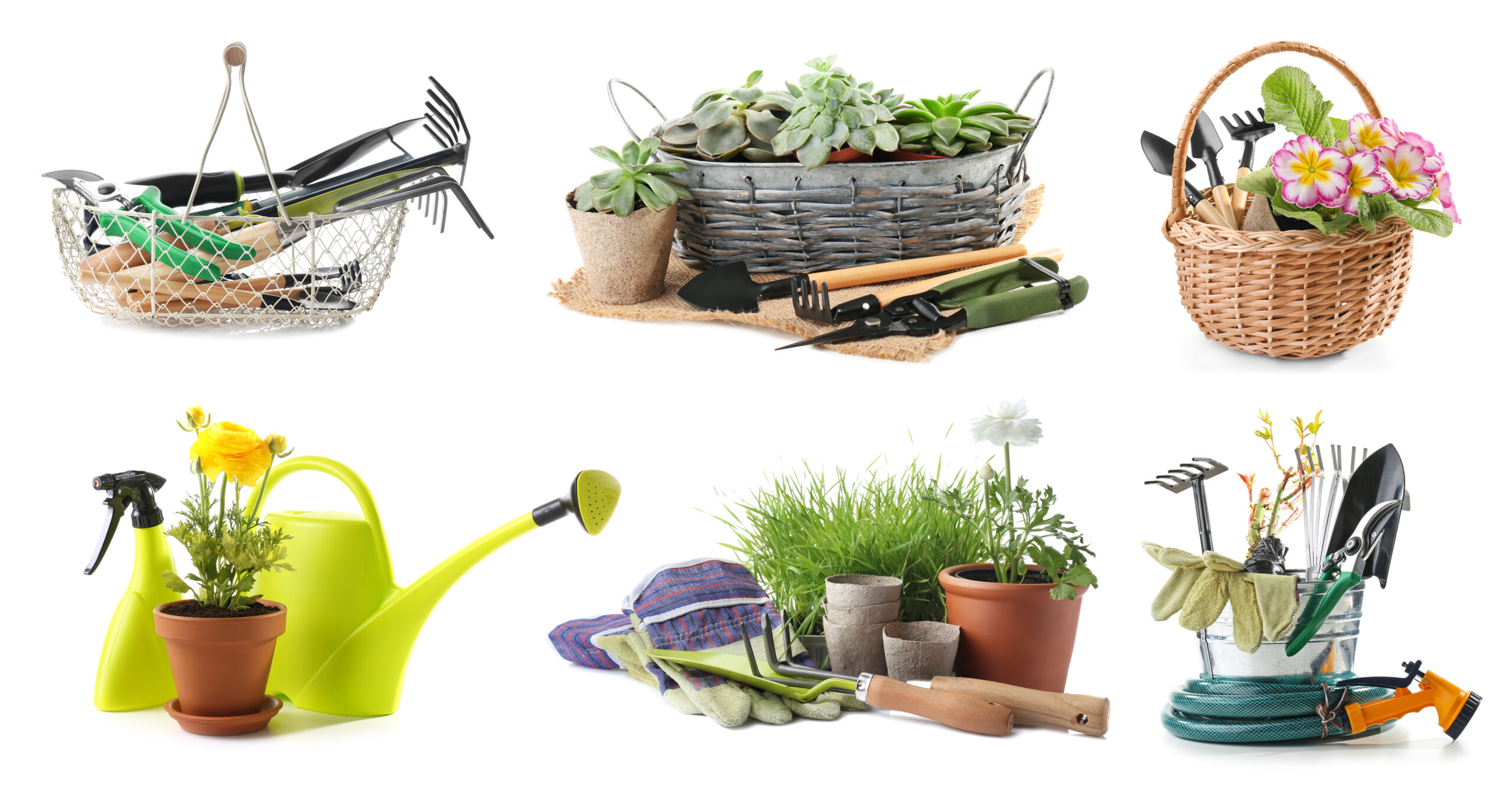
Identifying the Culprits: Common Pests
Indoor plants can occasionally become the unfortunate hosts to various pests, which can not only damage the plants but also become a nuisance in your home. The most common offenders include aphids, spider mites, mealybugs, and fungus gnats. Identifying these pests early is crucial for effective control. Aphids are tiny, soft-bodied insects, often green or black, found on new growth. Spider mites, barely visible to the naked eye, spin fine webs on the plant. Mealybugs appear as small, white, cottony masses, while fungus gnats are small, dark flies buzzing around the soil.
Natural Remedies: Neem Oil
Neem oil, extracted from the seeds of the neem tree, is a natural insecticide that’s effective against a wide range of indoor plant pests. It works by disrupting the life cycle of pests, preventing them from growing and reproducing. To use, mix neem oil with water and a mild dish soap as an emulsifier, then spray it directly onto affected areas of the plant. This treatment is best done in the evening or on cloudy days, as sunlight can cause the oil to burn the plant’s leaves.
Quarantine: Preventing Spread
When you first notice pests on one of your indoor plants, it’s essential to quarantine the affected plant immediately. This prevents the pests from spreading to your other plants and makes treatment more manageable. During quarantine, regularly inspect the plant for signs of pest activity and treat accordingly. Keep the plant isolated until you’re confident the infestation is fully resolved, which may take several weeks, depending on the severity of the infestation and the life cycle of the pests.
Insecticidal Soaps: A Gentle Solution
Insecticidal soaps are specially formulated to kill soft-bodied insects, like aphids and mealybugs, on contact without harming your plant. They work by breaking down the insect’s protective outer layer, causing dehydration. You can either purchase ready-made insecticidal soap or make your own by mixing a mild liquid soap with water. Spray the solution directly onto the pests, ensuring to cover all infected areas of the plant. Repeat the treatment as needed, typically every 7-10 days, until the pests are eradicated.
Systemic Insecticides: For Severe Infestations
For severe or persistent infestations, systemic insecticides may be necessary. These are absorbed by the plant and distributed throughout its tissues, making the plant itself toxic to pests. Systemic insecticides are available in granular form, to be mixed with the soil, or as a liquid to be diluted and watered into the soil. Because they affect the plant internally, systemic insecticides can provide long-term protection against pests but should be used as a last resort due to their potential impact on beneficial insects and the environment.
Diatomaceous Earth: The Natural Barrier
Diatomaceous earth is a powdery substance made from the fossilized remains of tiny, aquatic organisms called diatoms. It works as a natural pest deterrent by creating a barrier that insects cannot cross without getting cut by the sharp edges of the powder, leading to dehydration. Sprinkle diatomaceous earth around the base of your plants or on the soil’s surface to control pests like fungus gnats. Ensure you’re using food-grade diatomaceous earth and reapply after watering, as it loses effectiveness when wet.
Encouraging Beneficial Insects
While most indoor plant pests are unwanted, some insects can be beneficial for your plants. Ladybugs and lacewings, for example, feed on aphids and other harmful pests. While it’s more challenging to introduce these beneficial insects indoors compared to an outdoor garden, doing so can provide a natural and effective way to control pest populations. If you have a significant pest problem, consider purchasing ladybugs or lacewings from a garden center and releasing them near the affected plants.
Regular Monitoring and Maintenance
The best defense against indoor plant pests is regular monitoring and maintenance. Inspect your plants frequently for signs of pests, paying special attention to the undersides of leaves and new growth, where many pests prefer to reside. Keeping your plants healthy through proper watering, feeding, and pruning practices also makes them less susceptible to infestations. Should pests arise, acting quickly and decisively can prevent them from causing significant damage to your indoor garden.
By understanding the common pests that can affect indoor plants and knowing how to combat them effectively, you can ensure your indoor garden remains healthy and vibrant. Employing a combination of preventive measures and treatment strategies can help you manage pests safely and sustainably.



